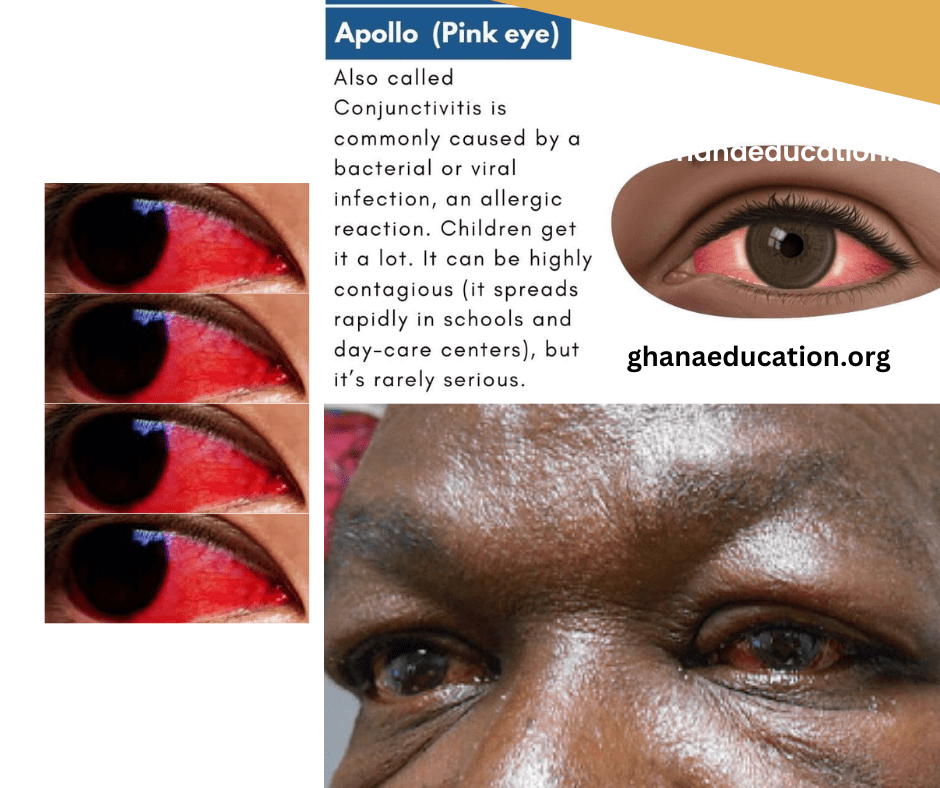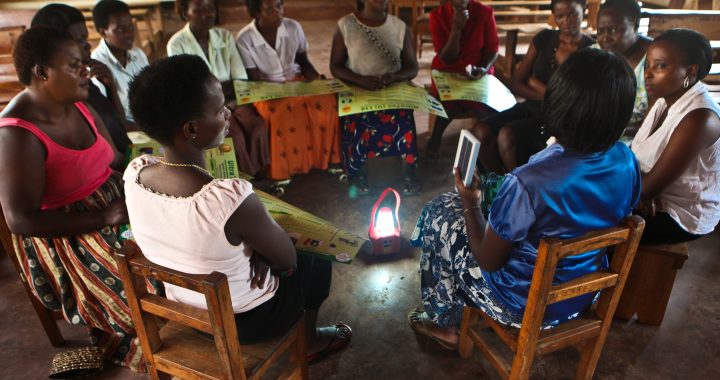Apolo Eye Infection On The Rise: Causes, Effects and Remedies

In recent times, Apolo Eye Infection has resurfaced and the infection rate is on the rise, especially among school children. In this post, we take a very good look at the causes, effects, and remedies.
Apolo eye infection, also known as acute hemorrhagic conjunctivitis (AHC), or Pink Eye for short is a highly contagious eye infection that is caused by a virus.
I just realized I have contracted this painful Pink Eye Infection from my little boy who got it from school and had to stay home with me for almost a week. This post is a combination of research and personal experience to help you win the fight and stay safe.
Characteristics of Pink Eye Infection and How It is Spread
It is characterized by redness, swelling, and discharge from the eyes.
In some cases, it can also cause bleeding in the conjunctiva, the thin layer of tissue that covers the white part of the eye and the inside of the eyelids.
Pink Eye infection is most common in children, but it can affect people of all ages.
It is spread through contact with the secretions from an infected person’s eyes, nose, or throat.
This can happen through direct contact, such as sharing towels or eye makeup, or indirect contact, such as touching a contaminated surface and then touching your eyes.
The symptoms of Apolo eye infection
The symptoms of Pink Eye infection usually appear within 1-2 days of exposure to the virus. They typically last for 7-10 days, but they can sometimes last longer. The most common symptoms are:
- Redness of the eyes
- Swelling of the eyelids
- Discharge from the eyes
- Pain in the eyes
- Light sensitivity
- Scratchiness in the eyes
- Blurred vision
In some cases, Pink Eye infection can also cause more serious complications, such as corneal ulcers or conjunctivitis. Corneal ulcers are sores on the cornea, the clear front part of the eye. They can cause pain, blurred vision, and even blindness if they are not treated. Conjunctivitis is an inflammation of the conjunctiva. It can be caused by a virus, bacteria, or allergies.
Treatment for Apolo eye infection
There is no specific treatment for Apolo eye infection. However, there are things you can do to relieve the symptoms and prevent the spread of the infection. These include:
- Applying cold compresses to the eyes
- Using artificial tears to keep the eyes moist
- Avoiding rubbing the eyes
- Getting plenty of rest
- Washing your hands frequently
If you think you have an Apolo eye infection, it is important to see a doctor. They can confirm the diagnosis and prescribe medication to help relieve the symptoms.
Here are some additional things to keep in mind about Apolo eye infection:
- It is most contagious during the first few days of the infection.
- You can still spread the infection even after the symptoms have gone away.
- There is no vaccine to prevent Apolo eye infection.
- The best way to prevent the spread of the infection is to wash your hands frequently and avoid touching your eyes.
READ: All You Need To Know About Hemorrhagic Conjunctivitis(Apollo)
If you have an Apolo eye infection, it is important to take steps to prevent the spread of the infection to others. These include:
- Stay home from work or school until the symptoms have gone away.
- Avoid sharing towels, washcloths, or eye makeup with others.
- Cover your mouth and nose when you cough or sneeze.
- Wash your hands frequently with soap and water.
Pink Eye infection is a common and usually mild infection. However, it can be serious in some cases. If you think you have an Apolo eye infection, it is important to see a doctor to get a diagnosis and treatment.
Source: Wisdom Hammond
Send Stories | Social Media | Disclaimer
Send Stories and Articles for publication to [email protected]
We Are Active On Social Media
WhatsApp Channel: JOIN HERE
2024 BECE and WASSCE Channel - JOIN HERE
Facebook: JOIN HERE
Telegram: JOIN HERE
Twitter: FOLLOW US HERE
Instagram: FOLLOW US HERE
Disclaimer:
The information contained in this post on Ghana Education News is for general information purposes only. While we endeavour to keep the information up to date and correct, we make no representations or warranties of any kind, express or implied, about the completeness, accuracy, reliability, suitability or availability with respect to the website or the information, products, services, or related graphics contained on the post for any purpose.




 Only 44% of primary schools, 63.9% of JHSs had access to electricity by 2020 — EduWatch
Only 44% of primary schools, 63.9% of JHSs had access to electricity by 2020 — EduWatch  GES Announces Recruitment for 2022 College of Education Batch
GES Announces Recruitment for 2022 College of Education Batch  GES extends SHS/SHTS students’ voter ID Card registration period
GES extends SHS/SHTS students’ voter ID Card registration period  How AI Can Transform Lesson Notes Writing for Teachers
How AI Can Transform Lesson Notes Writing for Teachers